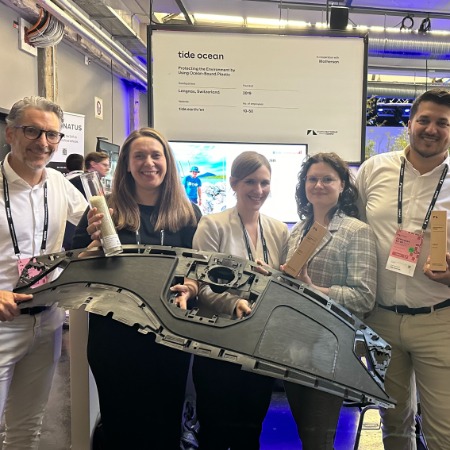01. Definition
What is plastic pollution?
Plastic pollution can take different forms including:
- The accumulation of waste
- The accumulation of marine litter, fragments or microparticles of plastics and non-biodegradable fishing nets, which continue to trap wildlife and waste
- Waste causing the death of animals by ingestion of plastic objects
- The arrival of microplastics and microbeads of plastics from cosmetic and body care products





























